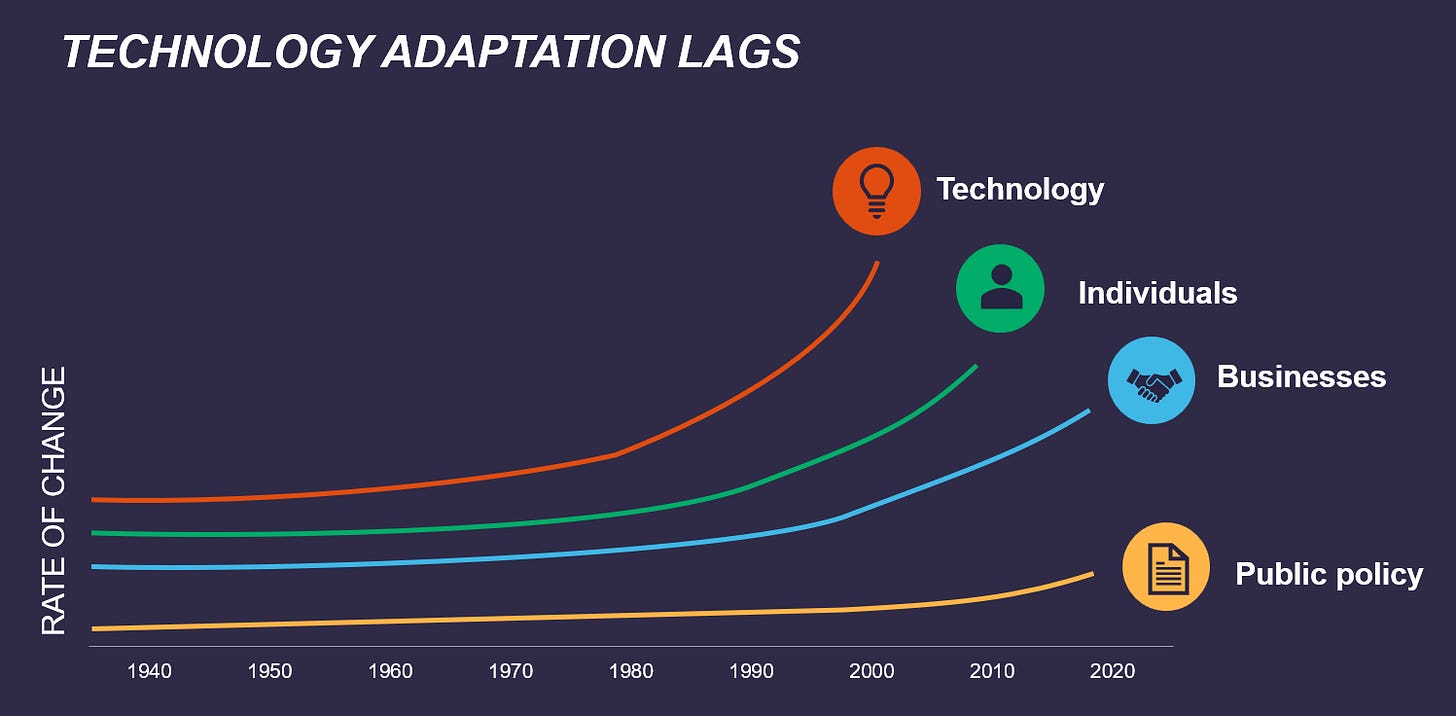The Algorithmic Threat: Can Journalism Survive the Generative AI Revolution?
The Future of Journalism in the Face of Artificial Intelligence
The relentless march of technological advancement, particularly in the realm of artificial intelligence, has cast a long shadow over the future of journalism. While Silicon Valley prophets herald a new dawn of efficiency and innovation, the reality for newsrooms is a starker one: an existential crisis born of accelerated disruption. The industry, already reeling from the seismic shifts of the digital age, now faces the unnerving prospect of losing not just its platform and distribution monopolies, but its very raison d'être – the creation of content.
The trajectory is chillingly clear. From the initial erosion of control with the advent of the internet, morphing into the social media-driven fragmentation of Web 2.0, news organisations have been perpetually playing catch-up. Now, Generative AI, with its capacity to produce seemingly cogent articles and summaries, threatens to render human journalists obsolete. The very essence of what constitutes news, the nuanced inquiry, the contextual understanding, the ethical grounding - these are all called into question.
Yet, while the pace of technological evolution is exponential, the adaptation of newsroom operating models is a stubbornly linear process. This disconnect necessitates a laser focus not on the latest AI tool, but on the often-neglected art of change management. To navigate this turbulent landscape, news organisations must embrace a radical reimagining of their structures and values.
Leadership in the Age of AI
Leadership, in this context, transcends the pronouncements of a select few. It demands a collective vision, a commitment to data-driven innovation, and a willingness to celebrate even incremental progress. Crucially, it requires a recognition that employees are not mere cogs in a machine; they are individuals driven by a desire for purpose and meaning. To inspire them, newsrooms must tap into this intrinsic motivation, fostering a sense of shared mission that transcends the bottom line.
Empowering Employees for Change
Moreover, the traditional hierarchical model must be dismantled. Power must be devolved, decision-making distributed, and a culture of experimentation embraced. This will inevitably lead to occasional missteps, but the alternative – stagnation – is far more perilous. The cultivation of internal leadership, the identification of hidden talent, is paramount.
Cultivating a "Want to" Culture
Finally, news organisations must move beyond the "have to" mentality and foster a "want to" environment. By inviting employees to contribute beyond their assigned roles, by empowering them to shape the future of journalism, newsrooms can harness a wellspring of creativity and resilience. This is not about technological solutions, but about human ingenuity, about reclaiming the narrative in an age of algorithmic uncertainty. The future of journalism, indeed its very survival, hinges on this fundamental shift.






